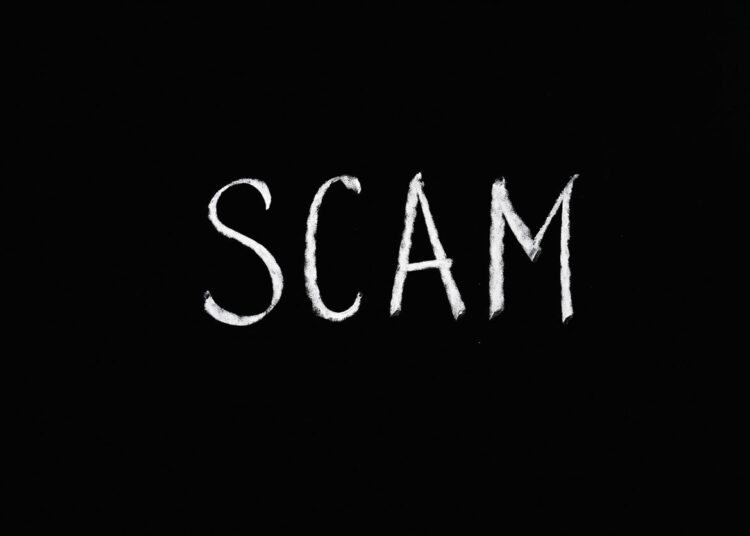Identifying fraudulent NFT gaming projects can be a challenging task, especially with scammers becoming increasingly sophisticated in their tactics. However, by employing several key strategies, you can better equip yourself to distinguish genuine projects from scams. Here are five effective methods to help you detect fraudulent NFT gaming projects early on.
1. Dive Into the White Paper
A comprehensive white paper serves as a cornerstone for any legitimate NFT project. Despite their often complex and lengthy nature, white papers offer invaluable insights into a project’s storyline, gameplay mechanics, and the NFTs it offers.
Of particular importance are the tokenomics outlined in the white paper. These details provide critical information about the project’s economic model, including revenue generation and distribution among investors. Be wary of projects making exaggerated claims about profitability and instead look for transparent explanations of revenue generation strategies.
Additionally, scrutinize the project’s partners mentioned in the white paper. Research their involvement in past NFT gaming projects to gauge their credibility and assess the potential success of the current venture.

2. Utilize Blockchain Explorers and Analysis Platforms
Blockchain explorers provide a transparent view of a project’s decentralized application (dApp) and NFTs by extracting data directly from the blockchain. Platforms like Blockchain.com and Etherscan allow users to access essential information such as NFT ownership and on-chain metrics.
In addition to blockchain explorers, consider leveraging blockchain analytics platforms like Chainplay. These platforms evaluate and rank NFT projects based on specific on-chain metrics, enabling you to identify reputable projects and avoid potential scams.
3. Engage With the Community
Active participation in a project’s community engagement platforms can offer valuable insights into its legitimacy. Join platforms like Twitter, Discord, and subreddits to interact with the project team and fellow investors.
Pay close attention to the messages and level of transparency exhibited by the project team. Legitimate projects are likely to provide detailed explanations of their vision and mechanics, while fraudulent projects may resort to empty promises of rewards without substance.

4. Investigate the Project Team
Understanding the individuals behind a project is crucial in assessing its credibility. Legitimate projects typically disclose information about the creator or company behind the venture, and the project team may be prominently featured on the website or other communication channels.
Research the backgrounds and expertise of the project team members, paying attention to their experience in the crypto and NFT space. A team with relevant experience and a track record of successful projects is more likely to deliver on its promises.

5. Review Feedback and Ratings
Examining reviews and feedback from other investors can provide valuable insights into a project’s reputation. While some developers may manipulate review sites to generate positive feedback, negative reviews and complaints can signal potential red flags.
Read review articles and user testimonials to gain a comprehensive understanding of the project’s strengths and weaknesses. Pay attention to any inconsistencies or lack of information, as these may indicate a potentially fraudulent project.
By employing these strategies, you can empower yourself to identify and avoid fraudulent NFT gaming projects, safeguarding your investments in the burgeoning world of digital assets.












Discussion about this post